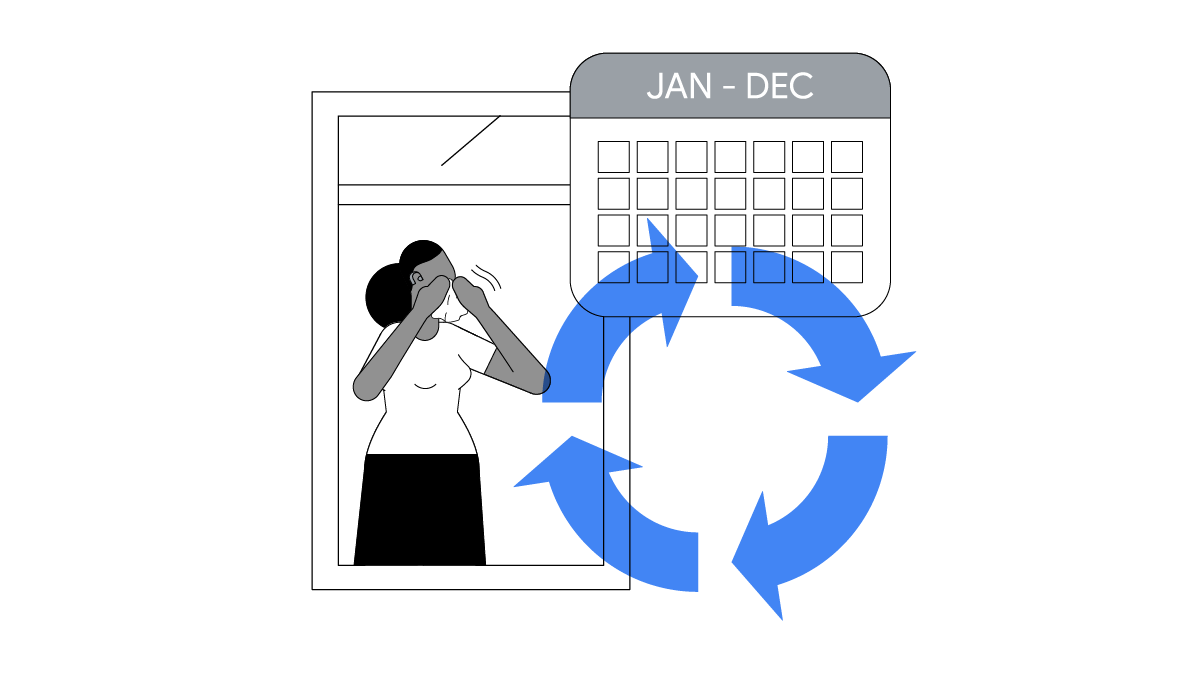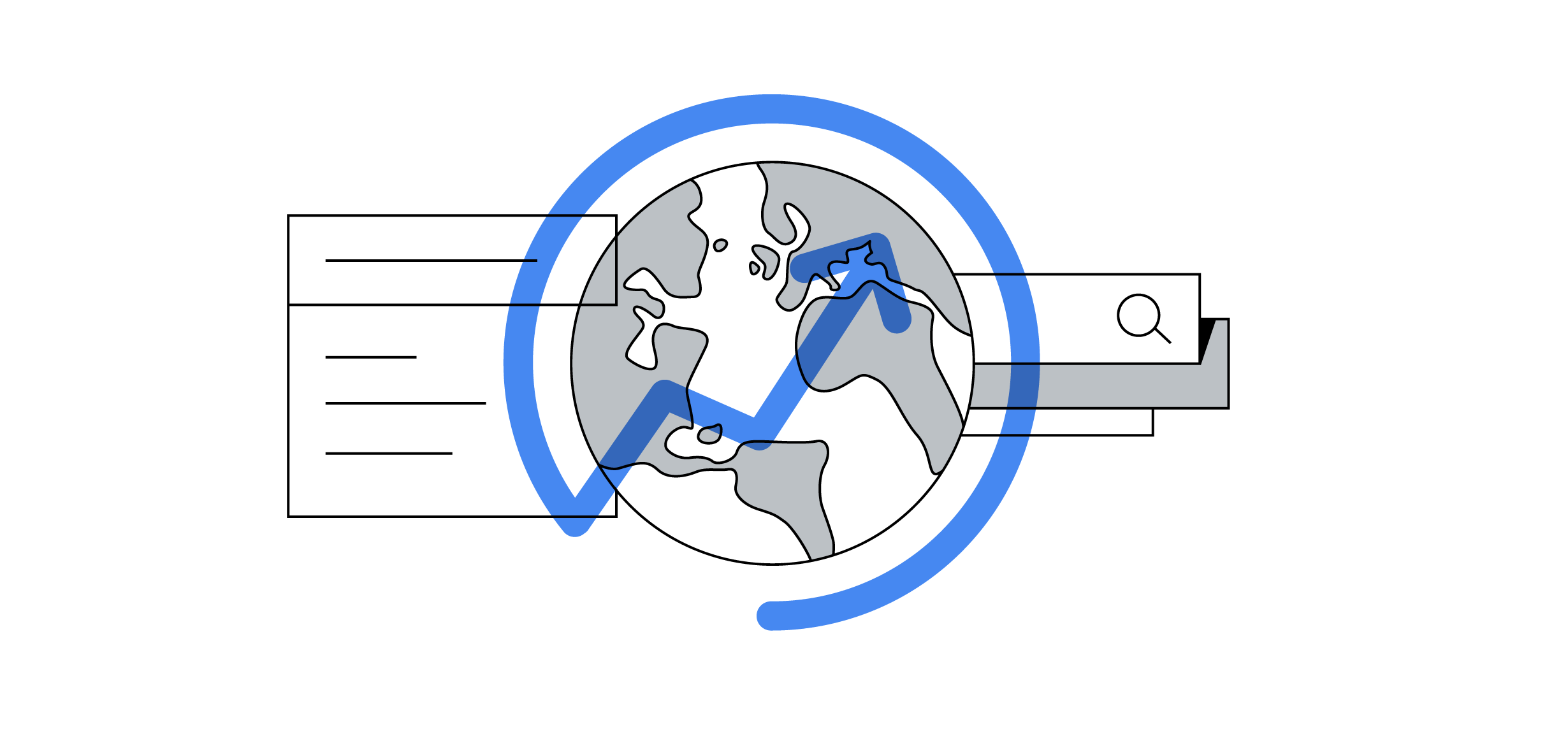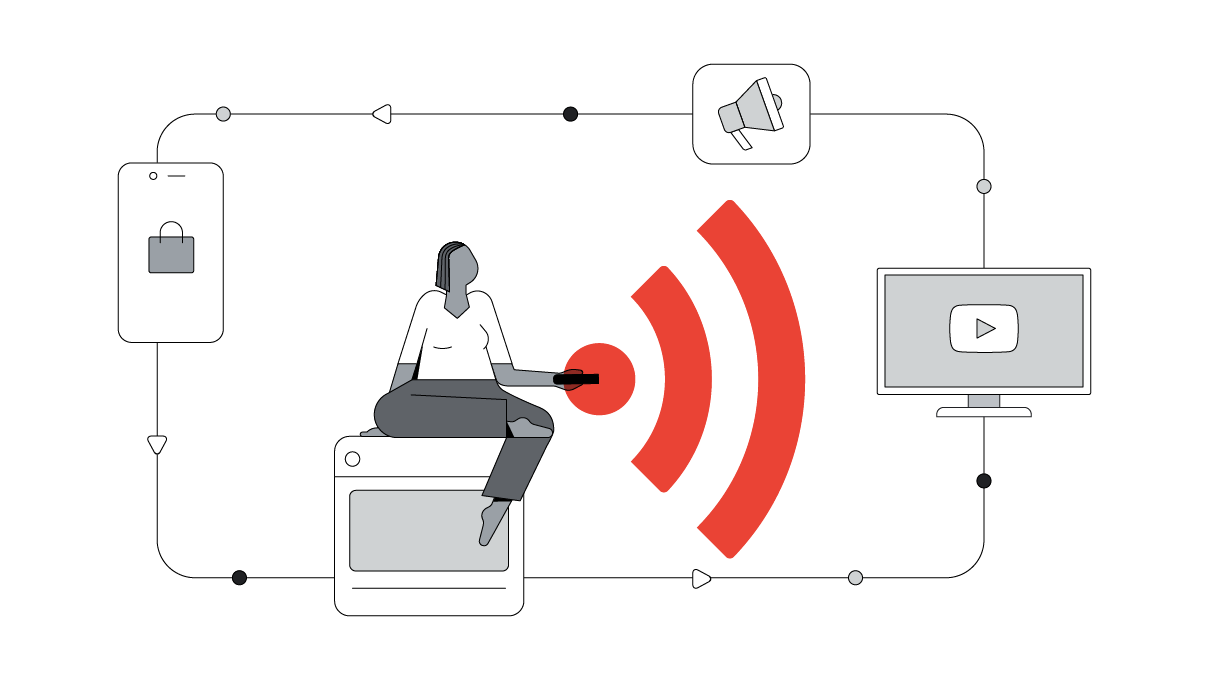For the most part, the conversation in marketing circles has been that digital transformation has proved to be more valuable than ever during the pandemic. But is that all a brand needs to do to be relevant in these uncertain times, and in the future? Is it all just about convincing the C-suite to fully embrace digital maturity and we’re all set?
A recent survey by Kantar shows that when it comes to customers’ needs and expectations, South African consumers want more. They want businesses to be more helpful than ever in a time where they need it most. And many business owners have heeded the call, with 75% increasing or introducing e-commerce options, 67% pivoting their businesses to adapt to new conditions, and 75% investing in marketing and innovation.1
Find opportunities to meet customer expectations
However there’s still work to be done. When asked what their primary expectations were for brands, consumers said that they wanted them to “be an example and guide the change” (28%), “be practical and realistic, help consumers in their everyday life” (21%), and “reduce anxiety and understand consumers' concerns” (12%).2
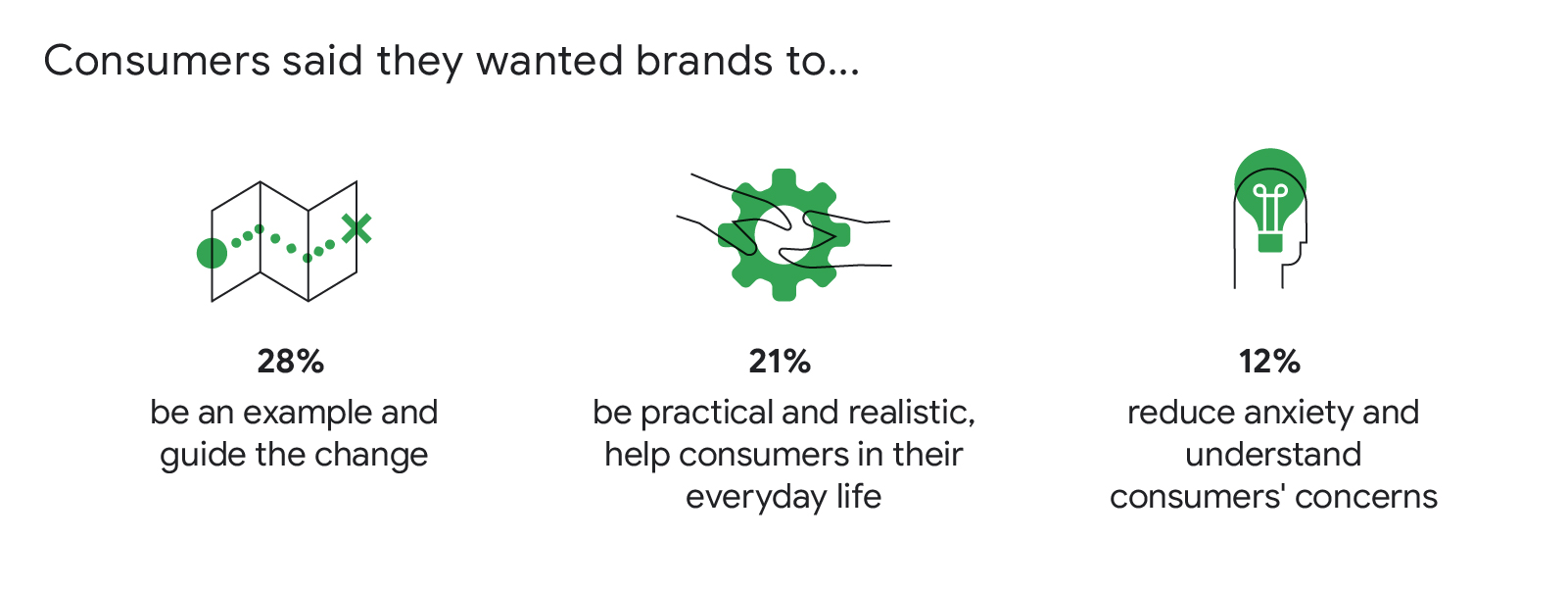
The good news is that 98% of consumers still want to hear from brands, and 76% are happy with the amount of advertising they see.3 This signals that they’re open to brands showing them their plans to address customer concerns.
Be a champion for local
Social responsibility is now 3X more important to corporate reputation than it was 10 years ago. And there’s no better way to exercise responsibility than by supporting the community that you’re immersed in. Consumers care about this too: 69% of shoppers think local shops are important for the community.4
One example of this is car manufacturer Volkswagen. Its “Drive Local, Support Local” campaign in South Africa encouraged people to support local businesses during the pandemic as restrictions were being eased. Supermarket chain Pick ‘n Pay also highlighted local produce suppliers on its same-day delivery beverages and groceries app, Bottles, giving users a quick way to support local.
Other options brands can consider include supporting their immediate communities or local governments. Take Coca-Cola South Africa, for example. The company has focused its attention on improving access to water in communities across the country, through donations of water infrastructure like tanks and boreholes, and using their delivery trucks to drive water supplies into towns hit by drought.
Throughout the pandemic, companies have also used their resources to support COVID response efforts. Insurance company Old Mutual donated a building to be fitted out as a quarantine site, and retailer and pharmacy chain Clicks donated thousands of flu vaccines to protect healthcare workers from having their immune systems compromised by the flu, while serving on the frontline.
Value is more than price
We know that consumer loyalty is not guaranteed, so brands need to compete on more than just price. It’s about striking the value equation with the right balance of price and benefits. Simply put, how do the customers’ expectations weigh up against the price you’re asking?
When the lockdown forced South Africans to stay home, a new crop of grocery delivery services bolstered their operations to meet a new consumer demand. Zulzi found its niche aggregating local businesses into a virtual shopping mall with the added benefit of deliveries in under an hour. Meanwhile, Yebo Fresh delivered veggies to people in far-flung areas, who could no longer travel to the closest town’s greengrocer.
Consumers are willing to pay more for brands that offer meaningful value and meet their demands and expectations, with 63% saying that, for certain products, they will swap stores to find their preferred brand.5 This is, in part, because the person doing the shopping in 36% of households has changed since the onset of the pandemic.6 This could also explain why 60% of respondents have tried new brands, which they indicated they will continue to buy post-pandemic.7
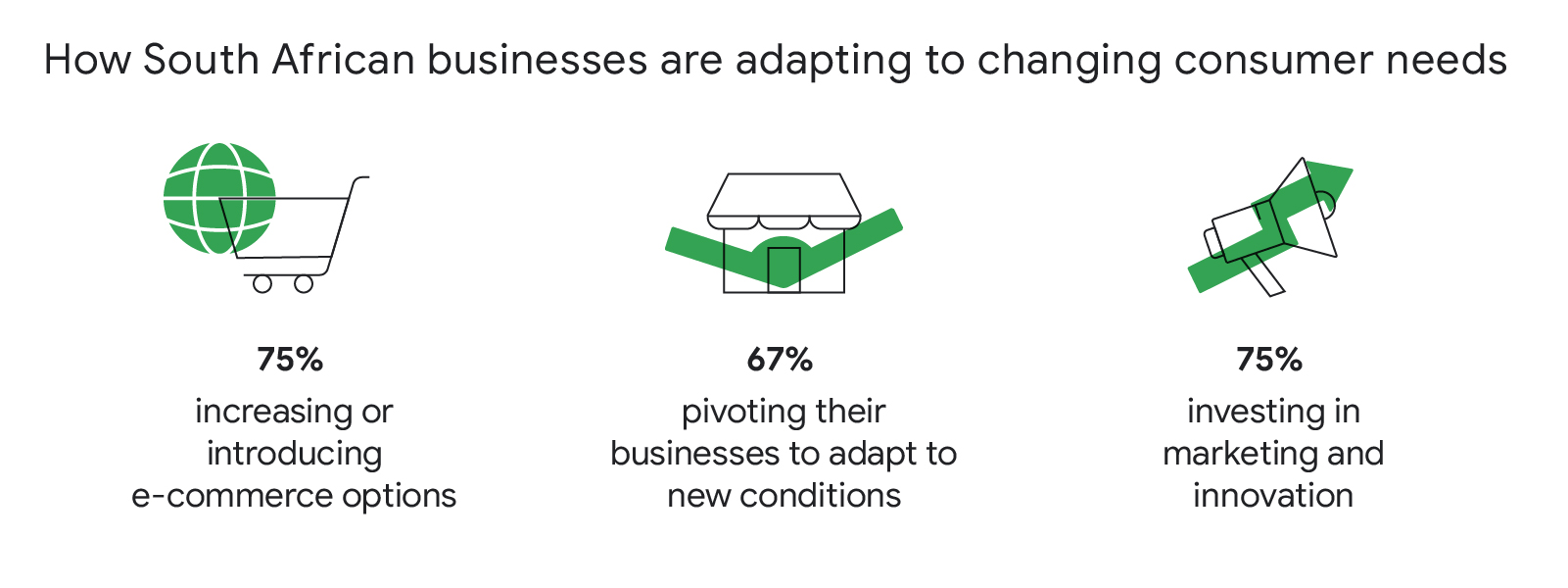
Understand consumers' concerns
Knowing your customer is more important than ever. Roughly one third (32%) of consumers earning a monthly household income of less than R5,000 say their biggest concern is not finding their favourite brands on the shelf.8 Grocery giant Shoprite’s rollout of discount, small footprint USave shops in rural areas perfectly counters this concern by reducing how far people have to travel to shop at a supermarket.
Behaviour change is a given in this dynamic market, with 50% of people saying they will purchase more online in the future, because it’s more convenient and saves them time. Yet, more than a fifth (21%) of consumers still find online shopping “challenging and difficult”9 — a portion of the market brands that are actively trying to recover, cannot afford to ignore.
So while there are still hurdles ahead for embattled businesses, there’s also plenty of scope for growth for those who are savvy about keeping their customers happy.


